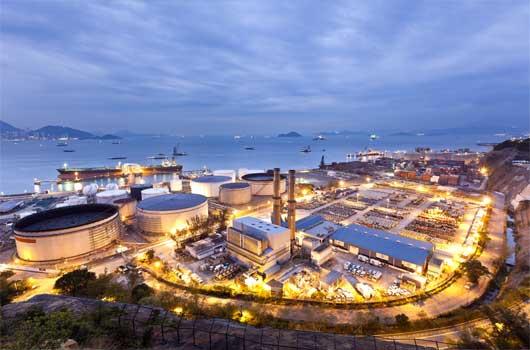
CHINA: THE LARGEST

Although data opacity makes objective analysis difficult, market observers reported in April that China has surpassed the United States as the world's largest oil importer. This statistical inflection point needs context to understand global consumption trends. While oil bulls are anxious about China's reduced crude growth appetite, fundamental shifts in Chinese currency and domestic consumption strategies point to long-term growth in Chinese hydrocarbon consumption generally.
Geopolitical Considerations
Keith Johnson wrote in Foreign Policy on May 11, 2015, "... China's continued and, indeed, deepening reliance on volatile regions for the world for energy supplies, especially the Middle East, points to continued security vulnerabilities for Beijing for decades to come." The recent South China Seas tensions confirm analyst observations that Beijing has strategic concerns surrounding safe hydrocarbon passage through the Malaccan Straits. China is taking advantage of lower priced crude today and ample crude tanker supply to build offshore and onshore reserves.
As China increases its reliance on crude imports from Saudi Arabia and natural gas imports from Russia, any possible political unrest in the Middle East or Eastern Europe could cause supply interruptions. Increased onshore and offshore strategic storage, as well as LNG import ability, will be needed to protect crude and natural gas flow stability.
Renminbi Effect?
Wei Gu noted in the Wall Street Journal on May 21, 2015 that "Over time, there's little doubt that lots of foreign cash will flow into Chinese financial assets" implying that renminbi-denominated assets will increase in value. As the yuan goes global and stronger, crude oil priced in US dollars becomes cheaper, sparking a secular Chinese hydrocarbon consumption growth rate increase. The possible launch of the Shanghai International Energy Exchange this year could induce greater investment in Chinese crude hedging which when combined with a more liquid and stronger yuan could lock-in consumption growth.
Chinese Petrochemical Infrastructure Investment Increasing
Unlike Saudi Arabia (which is ironically a net importer of refined product despite producing 10 million barrels of oil per day), China currently is a net exporter of petrochemicals. China's rapidly increasing investment in downstream petrochemical refining and manufacture gives it the flexibility to export product while simultaneously meeting increasing domestic demand for both commodity and bespoke chemical products. In fact China is now is the "fastest growing petrochemical industry worldwide". China's push to close obsolete teapot refineries in favor of modernized, complex refineries that add more value per barrel of refined oil points to long-term need for increased feedstock imports.
Vehicle Demand Growth – SUVs versus Electric Vehicles?
While the growth in overall Chinese vehicle unit sales has decreased recently, the new fleet mix comprises a significantly higher gasoline and diesel consumption mix. Earlier projections that China would rapidly embrace electric vehicles to both decrease reliance on imported oil while reducing urban smog have not come to fruition. The effect of heavier gasoline and diesel vehicles and realistic projections on electric vehicle adoption presage renewed long-term Chinese crude oil demand.
Increasing traffic congestion throughout China also increases petroleum consumption at a rate 80% higher than free flowing traffic.
Vehicle density throughout the entire Chinese road system approximates that found in Southern California, consistently the most congested road system in North America.
Despite China's remarkable investment in public transit infrastructure, China's burgeoning middle class continues to increase its petrochemical consumption in emulation of North American lifestyles. China will extend its paved roads to include more rural areas in concert with its push to urbanize, relocating subsistence farmers to force land consolidation and infrastructure growth.
Conclusion
China is embracing crude oil and natural gas consumption at a rapid pace. Recognizing the need to accommodate domestic lifestyle changes, Chinese leadership is hedging its geopolitical risk by growing a strategic crude oil reserve and increasing its natural gas import ability. Communist party leaders have articulated a vision of reduced economic dependence on exported manufactured products in favor of domestic consumption. Building out its petrochemical refining infrastructure while accommodating consumer demand for gasoline and diesel vehicles presage significant and long-term growth in Chinese demand for imported oil and gas.
forbes.com





